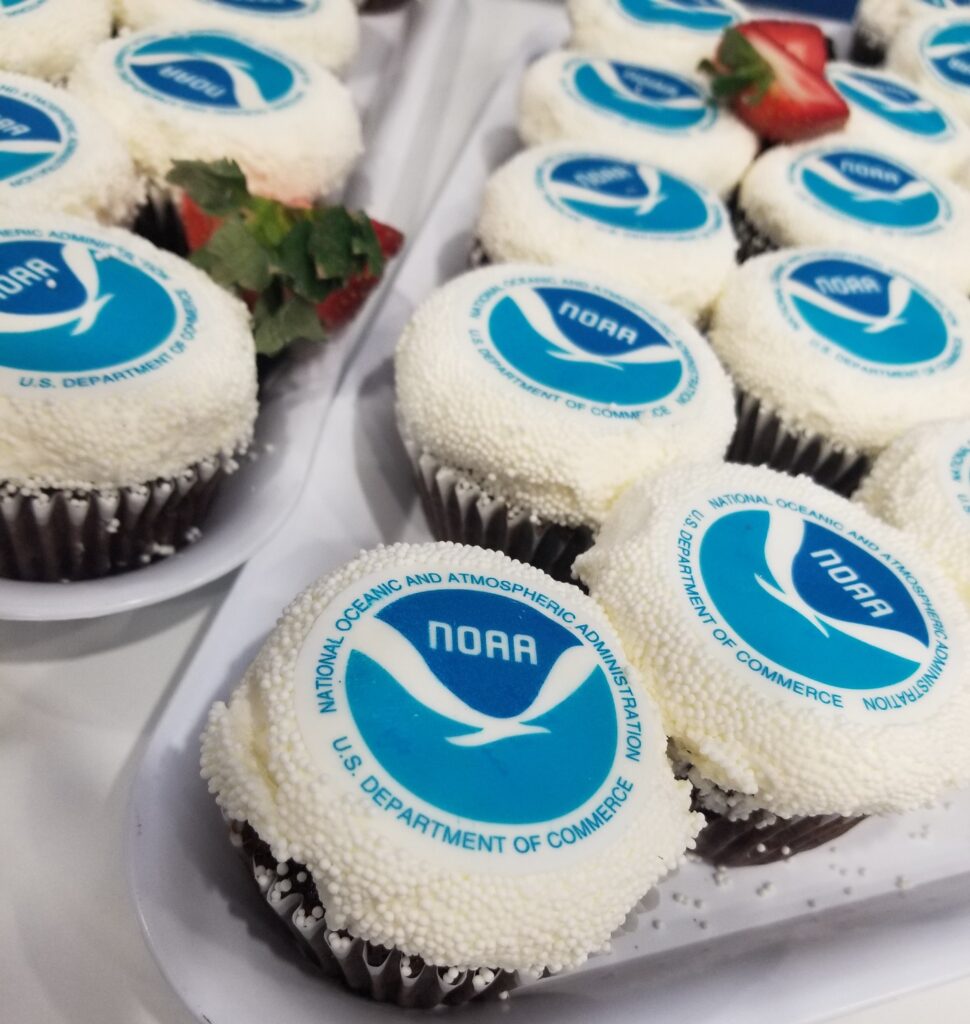The Adopt a Drifter Program has released a new NOAA SciJinks web game designed for K-12 audiences: Ocean Odyssey: Tracking Marine Debris. The game was designed and developed by the program’s first summer undergraduate intern, Stephen Lewis. Ocean Odyssey is inspired by the Global Drifter Program’s contributions to Lagrangian observations, which are collected by drifters (or drifting buoys) as they float and move with the currents of the ocean. As these drifters “go with the flow” of the ocean, they transmit their location while collecting data on temperature and pressure. The game incorporates these data to help middle school audiences understand how ocean surface currents transport marine debris and how users can help keep our oceans clean.
NOAA SciJinks, launched in 2002, inspires and engages students to learn about weather, satellite meteorology and Earth science through fun articles, games and videos targeted toward middle- and high-school aged students and their educators.

the coast of Florida in May 2024. Photo Credit:
Rayne Sabatello, NOAA AOML
This new NOAA SciJinks game is the latest addition to the Adopt a Drifter Program’s growing list of resources for educators. Teachers can now introduce the topic of ocean surface currents and marine debris in an informative and fun manner using this game.
Stephen’s 10-week internship with the Adopt a Drifter Program was a collaborative effort led by NOAA’s Atlantic Oceanographic and Meteorological Laboratory (AOML) and the Global Ocean Monitoring and Observing Program (GOMO). Other NOAA programs involved included NOAA Education, the Global Drifter Program, and SciJinks. Stephen is a senior at the University of Delaware, where he is currently majoring in Statistics with a double minor in Math and Computer Science. Read more about Stephen and his summer internship experience.
The Adopt a Drifter Program began in December 2004 with the mission of establishing scientific partnerships between schools around the world and engaging students in activities and communication about ocean science. This free program provides teachers with an opportunity to integrate ocean observing data into their curriculum. A drifting buoy, or drifter, is a floating ocean buoy equipped with meteorological and/or oceanographic sensing instruments. Classrooms can track their adopted drifters in the ocean and use the real time data for different classroom lesson plans, such as predicting currents and temperature profiles or using the data to plot the drifter’s track.
Find Ocean Odyssey: Tracking Marine Debris and other educational resources on the NOAA Sea to Sky education resource database.
Adopt a Drifter Program’s Liz Swiney, GOMO (left) and Samantha Ouertani, AOML, (right) deploy a drifter off the coast of Florida in May 2024. Credit: Rayne Sabatello, NOAA AOML



